Utagawa Kunisada: The prolific master of ukiyo-e
Utawaga Kunisada (1786-1865) was another very prominent ukiyo-e artist of the late Edo period. He was a pupil of Toyokuni I and became one of the most successful and prolific designers of woodblock prints in the 19th century. Kunisada was known for his prolific portraits of Edo, Kabuki actors (yakusha-e) and beautiful women (bijin-ga), as well as for his series of landscapes (fūkei-ga) and historical scenes.

Dawn at Futami-ga-ura, by Utagawa Kunisada, c. 1832. Source: Wikimedia Commonsꜛ (license: public domain).
Biography
Utagawa Kunisada (歌川 国貞), born Sumida Shōgorō IX on 1786 in Edo (now Tokyo), Japan, was one of the most prolific and successful ukiyo-e artists of the 19th century. Known primarily for his portraits of kabuki actors (yakusha-e) and beautiful women (bijin-ga), Kunisada dominated the ukiyo-e scene during his lifetime, outshining many of his contemporaries in both output and popularity. His work is characterized by its vibrant color, dynamic compositions, and keen attention to the fashionable trends of the Edo period.

Woodblock print portrait of Utagawa Kunisada, at the age of 80 years, dated January 1865. This memorial portrait was designed by his principal student, Kunisada II, and is one of the few known images of Kunisada. Source: Wikimedia Commonsꜛ (license: public domain).
Early life and training
Kunisada was born into a relatively prosperous family of boatmen in Edo. His father, who worked in the river transport business, died when Kunisada was young, leaving the family in a precarious financial situation. Despite these early challenges, Kunisada showed an exceptional talent for drawing from a young age.
In 1800, at the age of 14, Kunisada began his apprenticeship under Utagawa Toyokuni I, the head of the Utagawa School and a master of actor portraits and bijin-ga. Under Toyokuni’s guidance, Kunisada rapidly developed his skills in drawing, composition, and woodblock printing techniques. His early works, which often depicted kabuki actors, quickly gained attention for their lively and expressive style.

Bando Shuka Toyokuni. Source: Wikimedia Commonsꜛ (license: public domain).
Kunisada took on the name Utagawa Kunisada to honor his master, following the tradition of ukiyo-e artists adopting the name of their teacher. This marked the beginning of a long and successful career that would see Kunisada become the most popular ukiyo-e artist of his time.
Rise to prominence
Kunisada’s career took off in the early 1800s with the publication of several successful series of actor portraits (yakusha-e). His ability to capture the charisma and dynamism of kabuki actors in performance made his prints highly sought after by theatergoers and fans. These portraits often depicted actors in elaborate costumes and dramatic poses, reflecting the spectacle and excitement of the kabuki stage.

Kabuki actor Kawarazaki Gonjuro I, 1861. Source: Wikimedia Commonsꜛ (license: public domain).
Throughout the 1820s and 1830s, Kunisada continued to build his reputation as a leading ukiyo-e artist. He expanded his range of subjects to include bijin-ga, genre scenes, and illustrations of literary and historical themes. His bijin-ga, in particular, were celebrated for their elegance and beauty, often portraying women in the latest fashions of Edo.
Kunisada was also a savvy businessman who understood the commercial aspects of ukiyo-e. He maintained close relationships with publishers and was highly attuned to the tastes of the public, producing works that resonated with a wide audience. His success was reflected in the sheer volume of his output; it is estimated that Kunisada produced over 20,000 designs during his lifetime, making him one of the most prolific ukiyo-e artists in history.
Later years and legacy
In the later years of his career, Kunisada continued to dominate the ukiyo-e market, producing works that remained popular with the public. However, he faced criticism from some contemporaries and later art historians who viewed his work as overly commercial and lacking in the artistic innovation seen in other ukiyo-e masters like Hokusai and Hiroshige.
Despite these critiques, Kunisada’s impact on the world of ukiyo-e is undeniable. He was a master of capturing the cultural and social zeitgeist of Edo-period Japan, and his works provide a vivid record of the fashion, theater, and daily life of the time. Kunisada’s ability to appeal to popular tastes ensured his success, and his prints were widely circulated, making him one of the most recognized and influential artists of his era.
Utagawa Kunisada died in 1865, leaving behind a vast and diverse body of work that continues to be studied and appreciated for its artistic and cultural significance.
Style and significance
Master of actor portraits
Kunisada is best known for his yakusha-e—portraits of kabuki actors that captured the drama and energy of the theater. His ability to convey the personalities and emotions of the actors in character made his prints particularly popular among theater enthusiasts.

Nakamura Fukusuke I as Hayano Kanpei, by Utagawa Kunisada, 1860. Source: Wikimedia Commonsꜛ (license: public domain).
Kunisada’s actor portraits are characterized by their dynamic compositions, often depicting actors in mid-performance, with exaggerated poses and expressive faces. These prints conveyed the excitement of the kabuki stage and the charisma of its stars. Kunisada paid meticulous attention to the details of the actors’ costumes and the stage settings, reflecting the opulence and spectacle of kabuki productions. His use of vibrant colors and intricate patterns added to the visual appeal of these prints.
Bijin-ga
In addition to his actor portraits, Kunisada was highly regarded for his bijin-ga—pictures of beautiful women. These prints often depicted courtesans, geisha, and fashionable women of Edo, showcasing the latest trends in fashion and beauty.

Beauty walking on a snowy day, 1854. Source: Wikimedia Commonsꜛ (license: public domain).
Kunisada’s bijin-ga are celebrated for their depiction of contemporary fashion, with women portrayed in elaborate kimonos and hairstyles. His attention to the details of clothing and accessories made his prints popular among women who looked to them for style inspiration. Kunisada’s portrayal of women emphasized grace and poise, with figures often shown in refined and elegant poses. His bijin-ga captured the ideal of feminine beauty in Edo-period Japan, combining physical allure with an air of sophistication.
Narrative and genre scenes
Kunisada also produced a wide range of narrative and genre scenes, often illustrating famous literary works, historical events, and daily life in Edo. These prints reflected his versatility as an artist and his ability to tell stories through his art.
 Iwato Kagura no Kiaki (The Origin of Iwato Kagura*), c. 1844. Source: Wikimedia Commonsꜛ (license: public domain).
Iwato Kagura no Kiaki (The Origin of Iwato Kagura*), c. 1844. Source: Wikimedia Commonsꜛ (license: public domain).
Kunisada created many prints based on popular novels, poems, and plays, bringing these stories to life with his vibrant and detailed illustrations. His ability to convey narrative through imagery made these works particularly engaging for viewers. Kunisada’s genre scenes depicted a wide array of subjects, from bustling urban markets to quiet moments in domestic settings. These prints offer a glimpse into the daily life of Edo-period Japan, capturing both the mundane and the extraordinary.
Significance
Kunisada’s significance in the history of ukiyo-e lies in his ability to connect with the public and reflect the cultural trends of his time. His work offers a rich visual record of Edo-period Japan, from the world of kabuki theater to the fashions of the pleasure quarters. While some critics have viewed his work as overly commercial, Kunisada’s success and popularity during his lifetime attest to his skill as an artist and his understanding of the ukiyo-e market.
Kunisada’s prints were widely circulated and collected, making him one of the most recognized ukiyo-e artists of his time. His work played a significant role in shaping the visual culture of the Edo period, particularly in the portrayal of kabuki actors and fashionable women.
Despite being overshadowed in later years by artists like Hokusai and Hiroshige, Kunisada’s work remains an important part of the ukiyo-e tradition. His prolific output and ability to capture the spirit of his time ensure that his prints continue to be studied and appreciated by scholars and collectors alike.
Notable works
Utagawa Kunisada’s extensive body of work includes thousands of prints across various genres. Here are some of his most significant and celebrated pieces:
- Beauties of the Yoshiwara (Yoshiwara Bijin Awase Jihitsu Kagami), c. 1830s – A series of bijin-ga depicting the courtesans of the Yoshiwara pleasure district, showcasing the fashion and beauty of Edo-period women. The prints are noted for their intricate detail and elegant composition.
- Fashionable Eight Views of Edo (Fūryū Edo Hakkei), c. 1830s – This series features bijin-ga combined with landscape views of Edo, merging Kunisada’s talent for portraiture with his interest in capturing the urban environment.
- Fifty-three Stations of the Tōkaidō Road (Tōkaidō gojusan tsugi no uchi), c. 1838 – Unfortunatly, I don’t have any further information about this series yet.
- The Tale of Genji (Genji Monogatari), c. 1850s – Kunisada produced several series based on the classic Japanese novel The Tale of Genji. These prints illustrate key scenes from the story, blending narrative elements with his signature style of bijin-ga.
- Kabuki Actor Portraits (various series) – Kunisada created numerous series of kabuki actor portraits throughout his career, each capturing different aspects of the actors’ performances. These prints remain some of his most popular and enduring works.
- The Sixty-nine Stations of the Kisokaidō (Kisokaidō Rokujūkyū-tsugi no Uchi), c. 1852 – A collaborative series with Hiroshige, depicting the stations along the Kisokaidō road. Kunisada’s contributions focus on figures and genre scenes, adding a human element to the landscapes.
Examples


Left: A kneeling woman in a broad straw hat, holding a pipe, 1854. Source: Wikimedia Commonsꜛ (license: public domain). – Right: A young female role actor performing a butterfly dance., 1860. Source: Wikimedia Commonsꜛ (license: public domain).


Left: Andon, 1830. Source: Wikimedia Commonsꜛ (license: public domain). – Right: Benkeiyo yuki, 1820-1830. Source: Wikimedia Commonsꜛ (license: public domain).
 Backstage at an Edo kabuki theater, 1811. Source: Wikimedia Commonsꜛ (license: public domain).
Backstage at an Edo kabuki theater, 1811. Source: Wikimedia Commonsꜛ (license: public domain).

Sumo wrestling scene, triptych set of three prints, by Kunisada, c. 1851. Source: Wikimedia Commonsꜛ (license: public domain).

Twilight snowfall at Ueno, by Kunisada, c. 1850. Source: Wikimedia Commonsꜛ (license: public domain).
 Hei shinno masakado, 1826. Source: Wikimedia Commonsꜛ (license: public domain).
Hei shinno masakado, 1826. Source: Wikimedia Commonsꜛ (license: public domain).
 Kawa de no sentaku, 1818. Source: Wikimedia Commonsꜛ (license: public domain).
Kawa de no sentaku, 1818. Source: Wikimedia Commonsꜛ (license: public domain).
 Kiichi hōgen no musume minatsuru hime, 1843. Source: Wikimedia Commonsꜛ (license: public domain).
Kiichi hōgen no musume minatsuru hime, 1843. Source: Wikimedia Commonsꜛ (license: public domain).
 Abalone Divers in Ise Province (Seishū awabi-tori no zu), 1832. Source: Wikimedia Commonsꜛ (license: public domain).
Abalone Divers in Ise Province (Seishū awabi-tori no zu), 1832. Source: Wikimedia Commonsꜛ (license: public domain).
 Landscape in Mist (muchū no sansui), 1832. Source: Wikimedia Commonsꜛ (license: public domain).
Landscape in Mist (muchū no sansui), 1832. Source: Wikimedia Commonsꜛ (license: public domain).
 Early Summer Rain (Samidare no kei), 1832. Source: Wikimedia Commonsꜛ (license: public domain).
Early Summer Rain (Samidare no kei), 1832. Source: Wikimedia Commonsꜛ (license: public domain).
 Nakamura Utaemon (IV) as Nuregami Chōgorō, 1841. Source: Wikimedia Commonsꜛ (license: public domain).
Nakamura Utaemon (IV) as Nuregami Chōgorō, 1841. Source: Wikimedia Commonsꜛ (license: public domain).


Left: Unknown title, 1850. Source: Wikimedia Commonsꜛ (license: public domain). – Right: Unknown title, 1850. Source: Wikimedia Commonsꜛ (license: public domain).

 Left: Unknown title, 1850. Source: Wikimedia Commonsꜛ (license: public domain). – Right: Unknown title. Source: Wikimedia Commonsꜛ (license: public domain).
Left: Unknown title, 1850. Source: Wikimedia Commonsꜛ (license: public domain). – Right: Unknown title. Source: Wikimedia Commonsꜛ (license: public domain).


Left: Unknown title, 1847-1852. Source: Wikimedia Commonsꜛ (license: public domain). – Right: Nureginu, 1849. Source: Wikimedia Commonsꜛ (license: public domain).


Left: Unknown title. Source: Wikimedia Commonsꜛ (license: public domain). – Right: Unknown title. Source: Wikimedia Commonsꜛ (license: public domain).


Left: Unknown title. Source: Wikimedia Commonsꜛ (license: public domain). – Right: Unknown title. Source: Wikimedia Commonsꜛ (license: public domain).


Left: Unknown title. Source: Wikimedia Commonsꜛ (license: public domain). – Right: Unknown title. Source: Wikimedia Commonsꜛ (license: public domain).


Left: Unknown title. Source: Wikimedia Commonsꜛ (license: public domain). – Right: Moto yanagibashi yuki no kōkei, 1818-1831. Source: Wikimedia Commonsꜛ (license: public domain).


Left: From 12 kagetsu nishiki-e, 1852. Source: Wikimedia Commonsꜛ (license: public domain). – Right: From Azuma Nishiki-e shū, 1855. Source: Wikimedia Commonsꜛ (license: public domain).
 From Ansei ōjishin-e. Source: Wikimedia Commonsꜛ (license: public domain).
From Ansei ōjishin-e. Source: Wikimedia Commonsꜛ (license: public domain).


Left: From Azuma Nishiki-e shū, 1855. Source: Wikimedia Commonsꜛ (license: public domain). – Right: From Toyokuni Gachō, 1857. Source: Wikimedia Commonsꜛ (license: public domain).


Left: From Toyokuni Gachō, 1857. Source: Wikimedia Commonsꜛ (license: public domain). – Right: From Toyokuni Gachō, 1857. Source: Wikimedia Commonsꜛ (license: public domain).


Left: From Toyokuni Gachō, 1857. Source: Wikimedia Commonsꜛ (license: public domain). – Right: From Toyokuni Gachō, 1857. Source: Wikimedia Commonsꜛ (license: public domain).


Left: Unknown title, 1857. Source: Wikimedia Commonsꜛ (license: public domain). – Right: Unknown title, 1852. Source: Wikimedia Commonsꜛ (license: public domain).


Left: Unknown title. Source: Wikimedia Commonsꜛ (license: public domain). – Right: Ōzeki Oitekaze Kitarō, 1832. Source: Wikimedia Commonsꜛ (license: public domain).


Left: Oshun denbei horikawa no dan, 1830. Source: Wikimedia Commonsꜛ (license: public domain). – Right: The courtesan Hikibune seated by a screen looking out onto a garden, 1820-1829. Source: Wikimedia Commonsꜛ (license: public domain).


Left: Theatrical scene, probably from the Chushingura, ca. 1850. Source: Wikimedia Commonsꜛ (license: public domain). – Woman beneath cherry trees, ca. 1840. Source: Wikimedia Commonsꜛ (license: public domain).Right:


Left: Ryōri o hakobu nakai, 1830. Source: Wikimedia Commonsꜛ (license: public domain). – Right: The scene at evening on the upper floor of a brothel in the Yoshiwara, viewed from above, 1813. Source: Wikimedia Commonsꜛ (license: public domain).


Left: The scene at evening on the upper floor of a brothel in the Yoshiwara, viewed from above, 1813. Source: Wikimedia Commonsꜛ (license: public domain). – Right: The scene at evening on the upper floor of a brothel in the Yoshiwara, viewed from above, 1813. Source: Wikimedia Commonsꜛ (license: public domain).
 Shirabyoshi dancer in an Asazuma boat. Source: Wikimedia Commonsꜛ (license: public domain).
Shirabyoshi dancer in an Asazuma boat. Source: Wikimedia Commonsꜛ (license: public domain).
 A Portrait of Toyokuni Utagawa I (1769–1825), 1856. Source: Wikimedia Commonsꜛ (license: public domain).
A Portrait of Toyokuni Utagawa I (1769–1825), 1856. Source: Wikimedia Commonsꜛ (license: public domain).
 From Kawatake Mokuami’s kabuki drama adaptation Jiraiya Gonichi Monogatari, 1855. Source: Wikimedia Commonsꜛ (license: public domain).
From Kawatake Mokuami’s kabuki drama adaptation Jiraiya Gonichi Monogatari, 1855. Source: Wikimedia Commonsꜛ (license: public domain).


Left: Tokiwa Gozen and her children, 1844-1846. Source: Wikimedia Commonsꜛ (license: public domain). – Right: Woman in winter garden, 1850. Source: Wikimedia Commonsꜛ (license: public domain).
Conclusion
Utagawa Kunisada was a towering figure in the world of ukiyo-e, known for his prolific output and his ability to capture the cultural zeitgeist of Edo-period Japan. His mastery of actor portraits and bijin-ga, combined with his keen understanding of popular taste, made him one of the most successful and influential artists of his time. While his work has sometimes been criticized for its commercial appeal, Kunisada’s prints remain an essential part of the ukiyo-e tradition, offering valuable insights into the art, culture, and society of 19th-century Japan.
References and further reading
- kuniyoshiproject.comꜛ
- Kunisada on ukiyo-e.orgꜛ
- Wikipedia article on Utagawa Kunisadaꜛ
- Woldemar von Seidlitz, Dora Amsden, Ukiyo-e, 2016, Parkstone International, ISBN: 9781785257391
- Amy Reigle Newland, The Hotei encyclopedia of Japanese woodblock prints, 2005, Hotei Publishing, ISBN: 9789074822657
- Rebecca Salter, Japanese Woodblock Printing, 2002, University of Hawaii Press, ISBN: 9780824825539
- Richard Lane, Masters of the Japanese print, their world and their work, 2021, Hassell Street Press, ISBN: 9781015300231
- Andreas Marks, Japanese Woodblock Prints - Artists, Publishers And Masterworks: 1680 - 1900, 2010, Tuttle Publishing, ISBN: 9784805310557
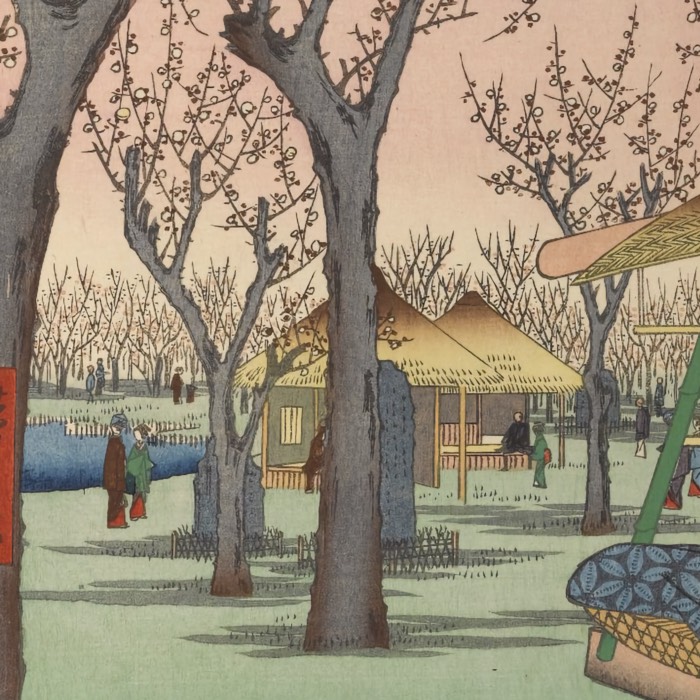
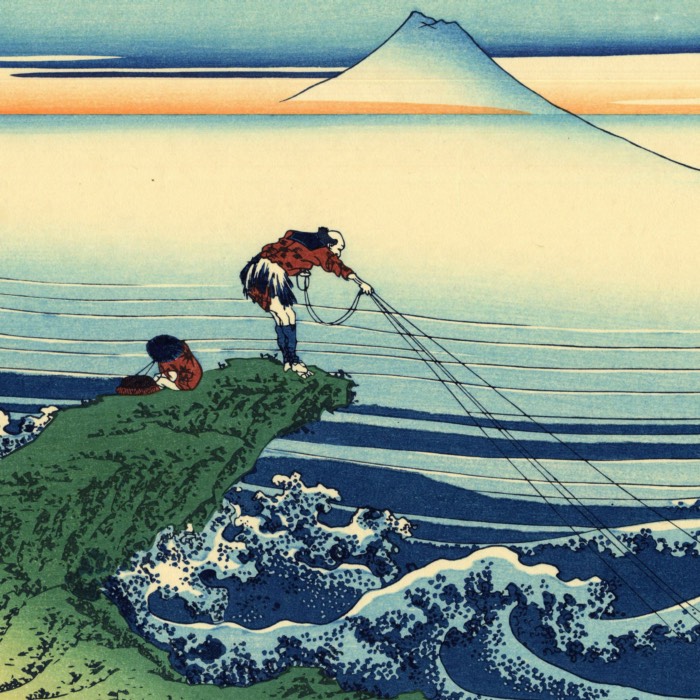
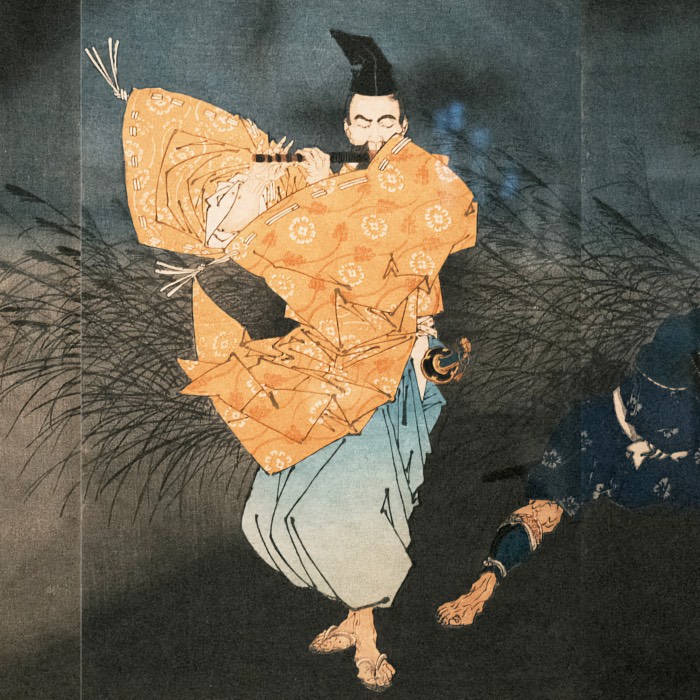
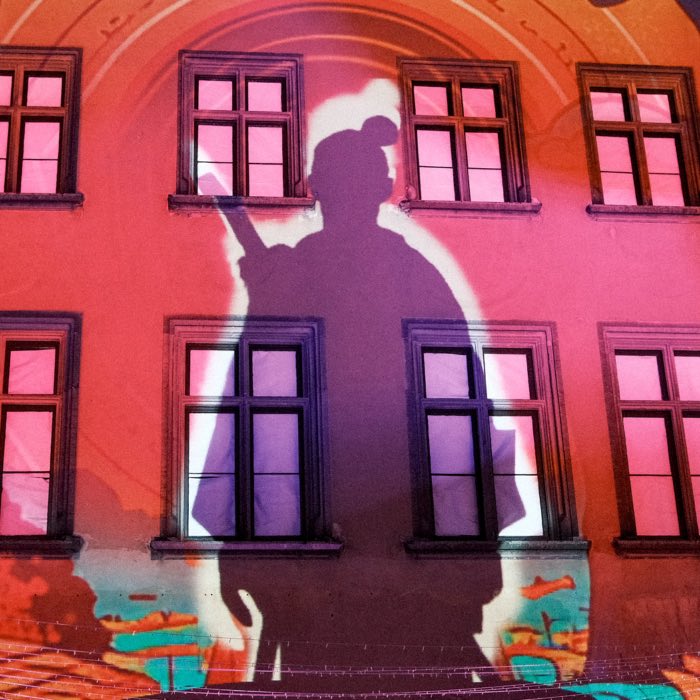
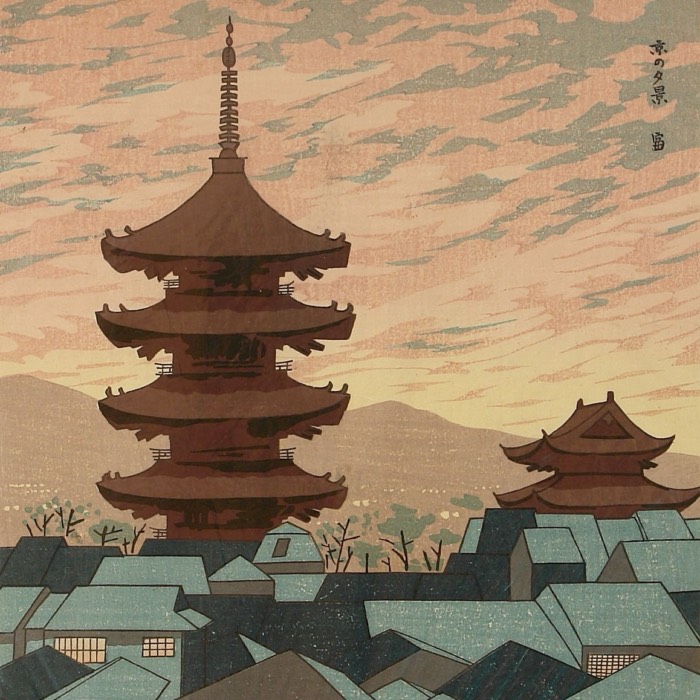
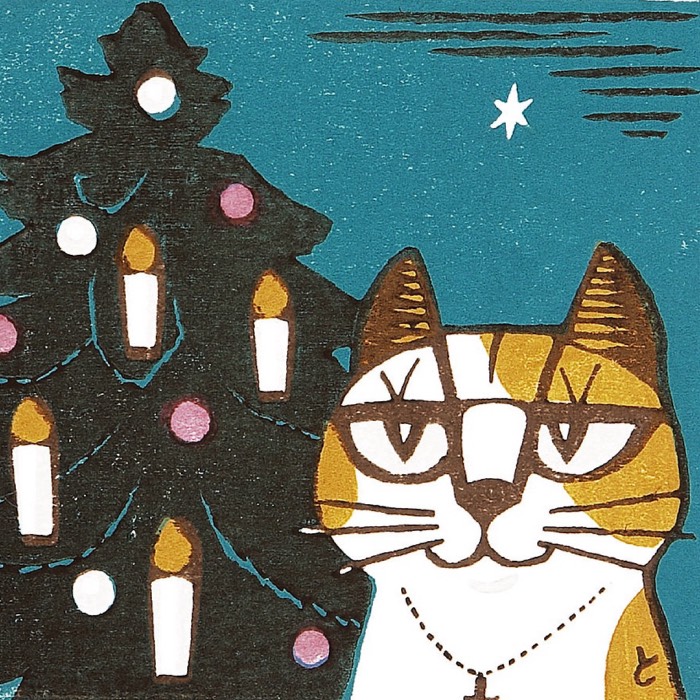
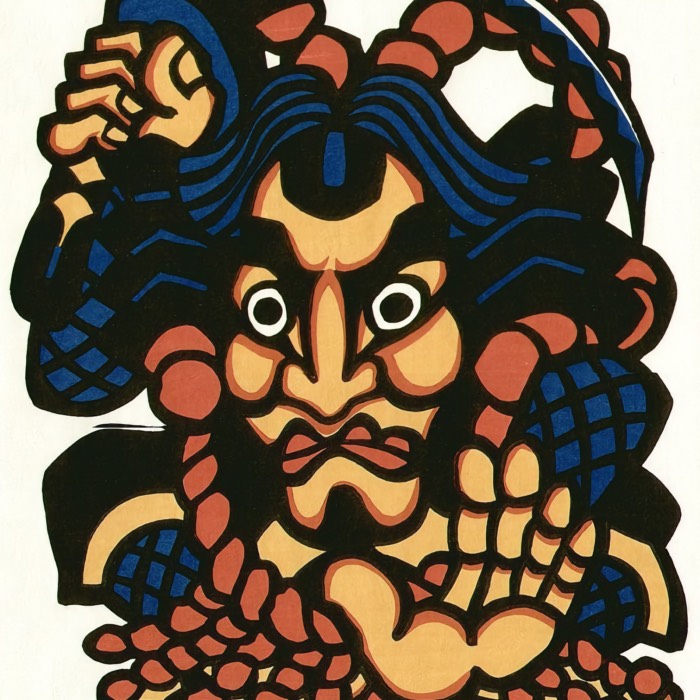
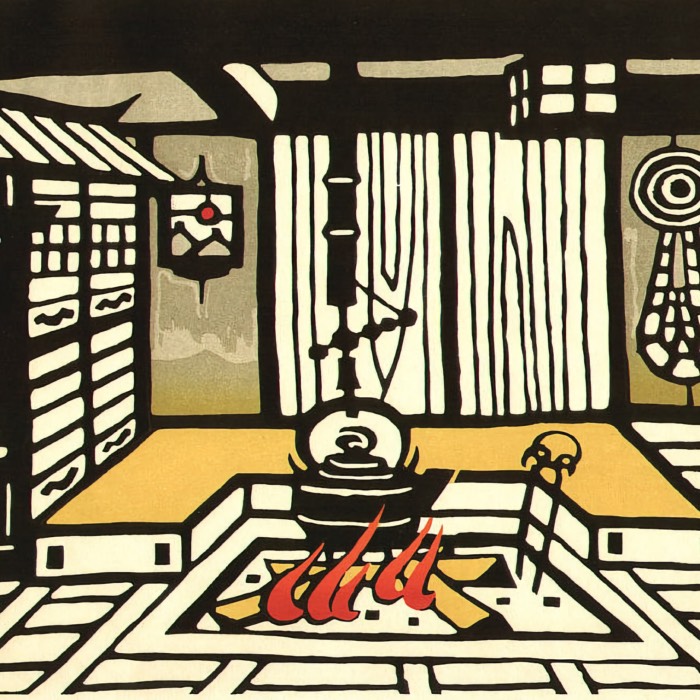
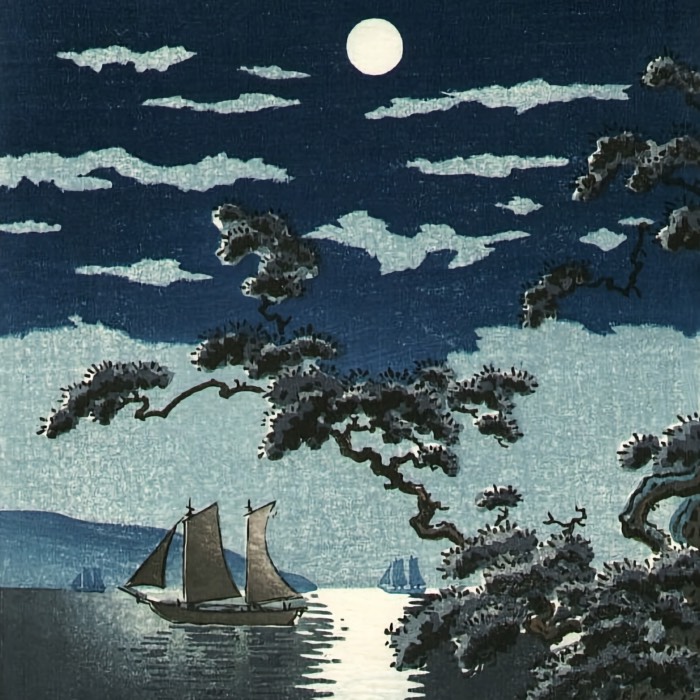
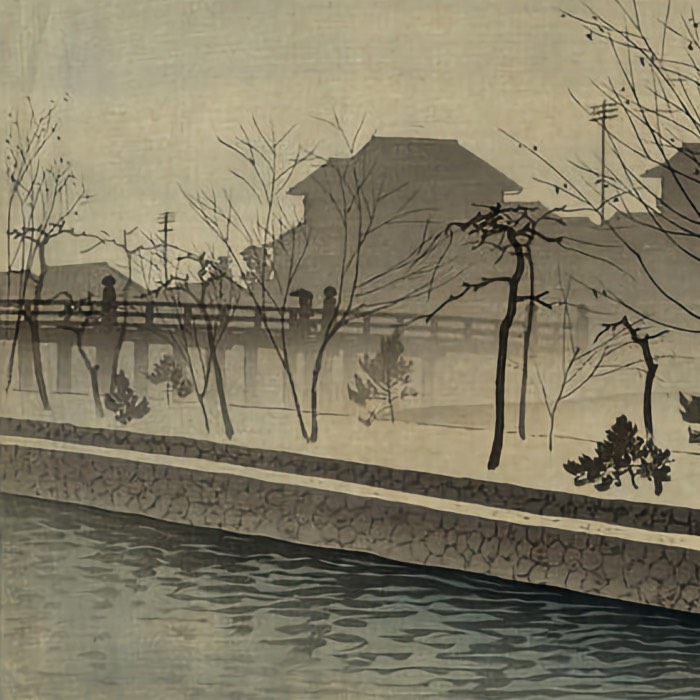
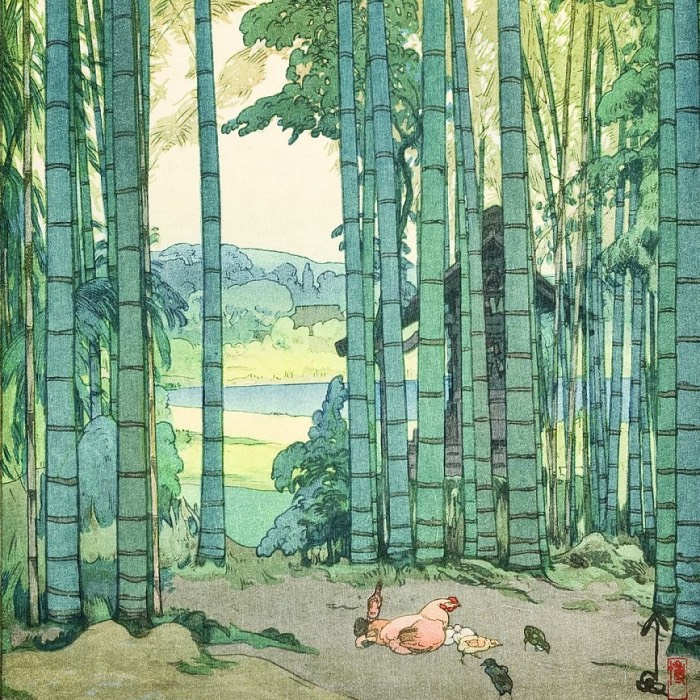
comments